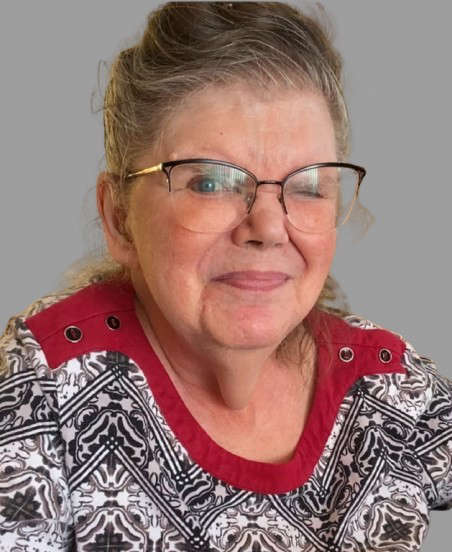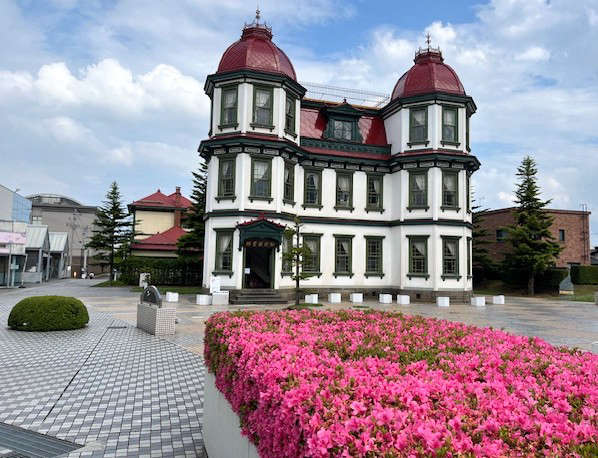
In 1989, I accepted a teaching position with a program sponsored by the Ministry of Education to teach in Japan for one year.
I was placed in Hirosaki — snow country — situated in the northern most prefecture of Aomori on the main island of Honshu. That one-year stint turned into two, then three, and during my third year in Hirosaki, a local 4-year liberal arts university offered me a full-time professorship.
Now nearly 36 years later, I am still living and working in Japan.
Since I had taught university classes at Purdue full-time before relocating to Japan, I jumped at the chance to remain in Japan in order to teach university classes full-time once again. I remained in Aomori for 20 years before being offered a tenured professorship at a national university in Fukuoka, where I relocated to the southern part of Japan on the island of Kyushu.
This is where I continue to live, teach, and write today, having lived here for over 15 years now.
To continue the theme of introducing interesting places off the beaten track in Japan, I decided to introduce my old stomping grounds of Hirosaki in Aomori Prefecture.
When I first received my teaching assignment, I was surprised to learn that Shelbyville had two Japanese ladies who were from Aomori and one who even grew up in Hirosaki. So, it was nice to have that hometown connection to my future place of residence and they both helped to prepare me for my big international move and warned me about the cold and snowy winters I would soon be enduring … and they weren’t wrong. Hirosaki receives a huge amount of snowfall each year.
Hirosaki is a very historical city, and during the Edo Period (1603-1868), it was the political and cultural capital of the Tsugaru region which is in the western area of Aomori Prefecture. In fact, this region is well-known for its Tsugaru dialect of Japanese and it is nearly impossible for people from other parts of Japan to converse in or understand it.
In the title, I referred to Hirosaki as the “Jewel of the North” because it truly is one of the most culturally and historically rich places to visit in northern Japan. The city was built around Hirosaki castle, and the various sections of the city refer to it specifically in the written addresses.
I first lived in “Jyoto” which means “north of the castle” and later I purchased a home in Jyonan or “south of the castle.”
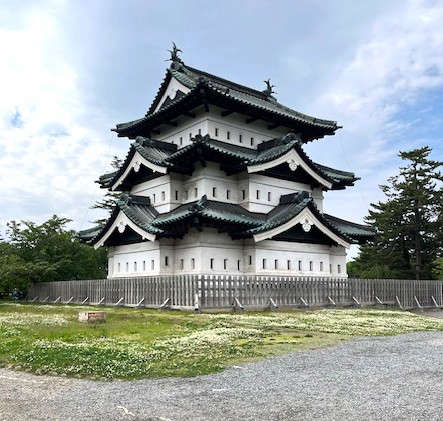
The thing that makes Hirosaki castle so unique and special is that the castle is an original tower of the main castle (photo above). Sadly, the main castle structure (tenshu) was destroyed by fire caused by a lightning strike in 1627. But the three-story tower was rebuilt in 1811 and was fortunately spared from destruction.
Since 2013, it has been in the process of being renovated and was moved to its current location while the ancient stone walls of the original castle are preserved and rebuilt. It will be moved back to its original location which is much more grandiose and lovely than its temporary location, as shown in the photo.
Many famous castles in Japan have been rebuilt (like Osaka or Kokura castles). While impressive and interesting, Hirosaki Castle has a different feel to it because its structure is original.
Another feature of the castle-area are the thousands of cherry trees that are planted on the grounds making it one of the very best cherry-blossom viewing places in all of Japan.
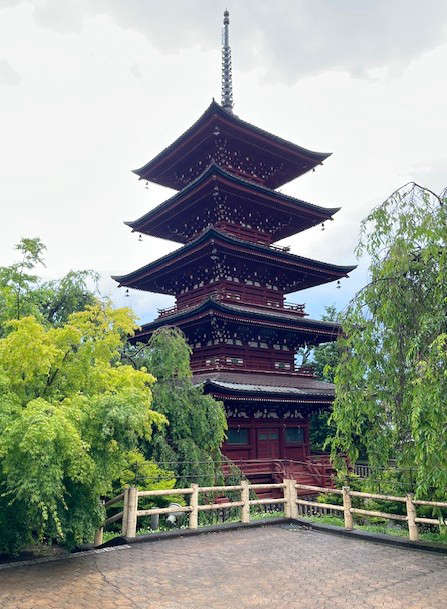
Because Hirosaki was built as a castle town with an actual samurai district, it is blessed with many historic samurai homes, Buddhist temples, Shinto Shrines, and even a gorgeous five storied pagoda (photo above).
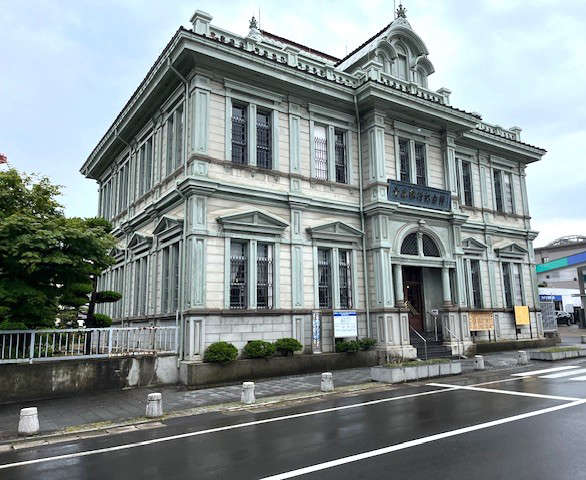
During the Meiji Period (1868-1912), western modernization was very much a part of the architectural landscape, so Hirosaki also boasts many Meiji-era western-style buildings like the Aomori Bank (photo above), missionary houses, a library, and a lovely industrialist’s home and garden called “Fujita Garden” (photo below).
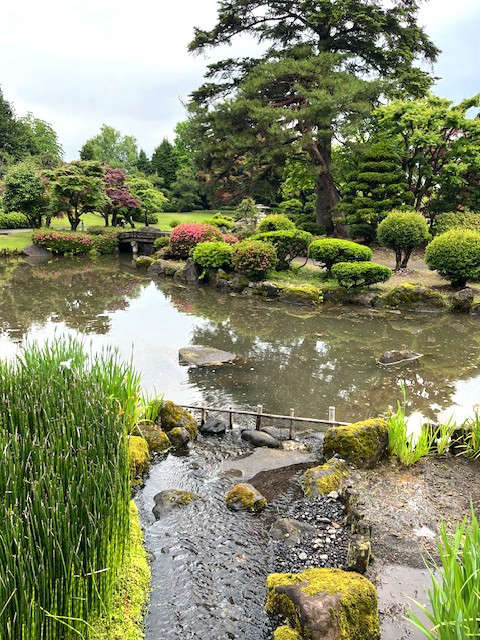
All these things are in easy walking distance of each other, so Hirosaki is a perfect place for people who like to explore new places on foot.
One of Hirosaki’s largest industries is apple production. In fact, the university where I taught for 18 years — Hirosaki Gakuin University — has a direct Indiana connection. The first missionary teacher who came to Hirosaki was John Ing (an alumnus of Asbury College — now DePauw University in Greencastle). He is well-known as the “Johnny Appleseed” of Japan because he was the first to bring apple seeds with him when he lived and taught in Hirosaki. He was instrumental in getting the cottage industry of apple farming started which is now one of the most important industries in Aomori.
Interestingly, in 1877, he arranged for four local Japanese boys to go to Greencastle to study. They were all from Samurai families and had professed their Christian faith before being allowed to study at Asbury College.

They eventually pledged social fraternities there and were largely accepted by the college and local community. On the campus of Hirosaki Gakuin University is the preserved missionary house (photo with my Fukuoka colleagues on a recent visit), now a museum, where the Ings lived when in Hirosaki.
Hirosaki was spared from being bombed during WWII because it didn’t have any real strategic military targets and the historians at the Pentagon maintained that the cultural, historical, and traditional aspects of the city should spare it from any attacks. So, the streets are quite medieval in how they zigzag and snake around the city as opposed to a location that was bombed, like Aomori City, and was subsequently rebuilt on a very prominent grid-style design.
Hirosaki also features very well-known and prominent festivals during each season. In the spring, there is the Cherry Blossom Festival on the grounds of the castle which is breathtakingly beautiful. Locals enjoy sitting under the trees, eating and drinking, during the cherry blossom viewing season.
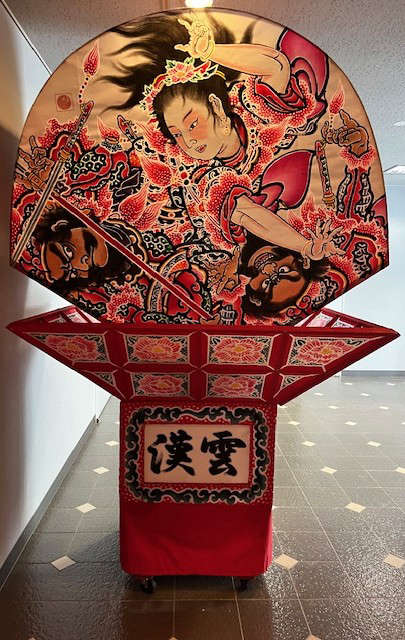
In the summer, Hirosaki hosts the Neputa Festival (photo) that features large fan-shaped floats that are lit from the inside and painted as ogi-neputa (ogi (扇) is the old Japanese term for a folding fan).
The front image on the float is called the kagami-e ("mirror" image), while the reverse is the miokuri-e, or "farewell" image. These usually depict warring scenes of samurai fighters and are designed to look intimidating.
The reverse image, sometimes equally violent, but features a maiden in the center which usually depicts her holding a severed head or some other gruesome scene.
In the autumn, Hirosaki hosts a Chrysanthemum Festival that is enjoyed mostly by elderly people who enjoy walking around viewing the various displays of mums arranged in creative and interesting ways.
The winter “Snow Lantern” festival features large snow displays of lanterns and a few other things that resemble the snow displays of Sapporo in Hokkaido (the most famous snow-festival in Japan). The Hirosaki snow festival is big, but not on the scale of the one in Sapporo, but very much worth seeing if you happen to be there in the winter when it is taking place.
If your travel plans include visiting Tohoku in northern Japan, then you would remiss if you didn’t include beautiful and traditional Hirosaki in your travel itinerary.
I highly recommend it!


 Department of Homeland Security launches Worst of the Worst website
Department of Homeland Security launches Worst of the Worst website
 Greenfield PD looking for reported runaway who should be considered armed and dangerous
Greenfield PD looking for reported runaway who should be considered armed and dangerous
 Indiana Department of Workforce Development releases September employment report
Indiana Department of Workforce Development releases September employment report
 Governor Braun takes action to waive hours-of-service regulations for transporting propane
Governor Braun takes action to waive hours-of-service regulations for transporting propane
 Two Indiana State Fair Commission executives elected to prominent national IAFE Positions, Indiana State Fair honored with multiple awards
Two Indiana State Fair Commission executives elected to prominent national IAFE Positions, Indiana State Fair honored with multiple awards
 Letters Home: Kitakyushu, a charming castle town
Letters Home: Kitakyushu, a charming castle town
 Cover Crop Premium Discount Program available for Hoosier farmers, new pre-enrollment available
Cover Crop Premium Discount Program available for Hoosier farmers, new pre-enrollment available
 Indiana FSSA extends open enrollment for HIP and PathWays Plans through December 24
Indiana FSSA extends open enrollment for HIP and PathWays Plans through December 24



